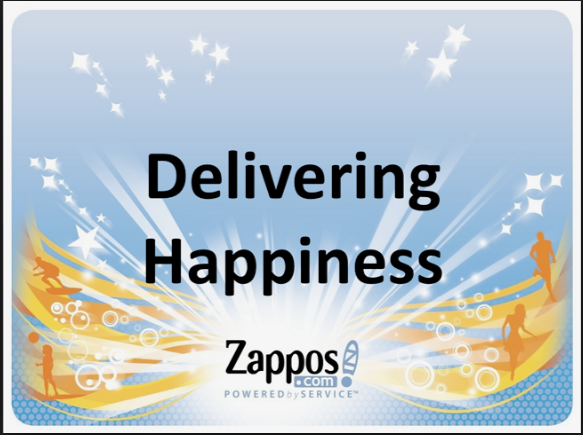Tag: brand strategy examples
What Nicolas Cole Teaches about These Company Branding Mistakes
If someone asked you what company branding was not about, what would your answer be? To us, branding is not about: Fees and pricing Features Grandiose claims What your product is and how it works Canned, automated words Stats, numbers, charts, and reach The rat tat tat of emails, newsletters, tips, and tricks These are…

Brand Strategy … 3 Examples from the Zappos Culture
The front line of any brand in the marketplace is not the advertising, packaging, or product design. It is the interaction that the customer experiences that determine the brand’s reputation to a large degree. It is human and emotional, and at that critical time when a customer engages with one of your employees or someone…